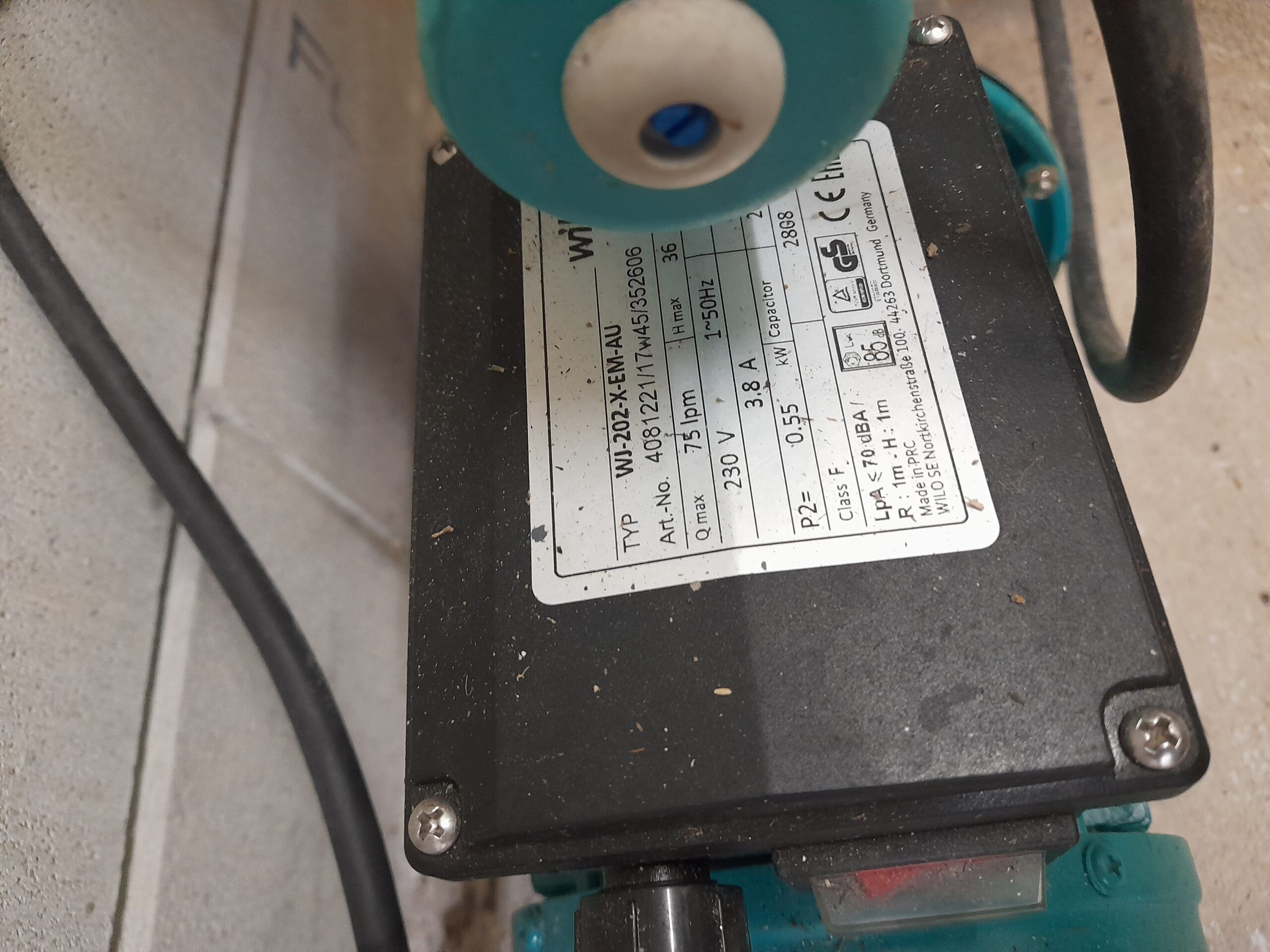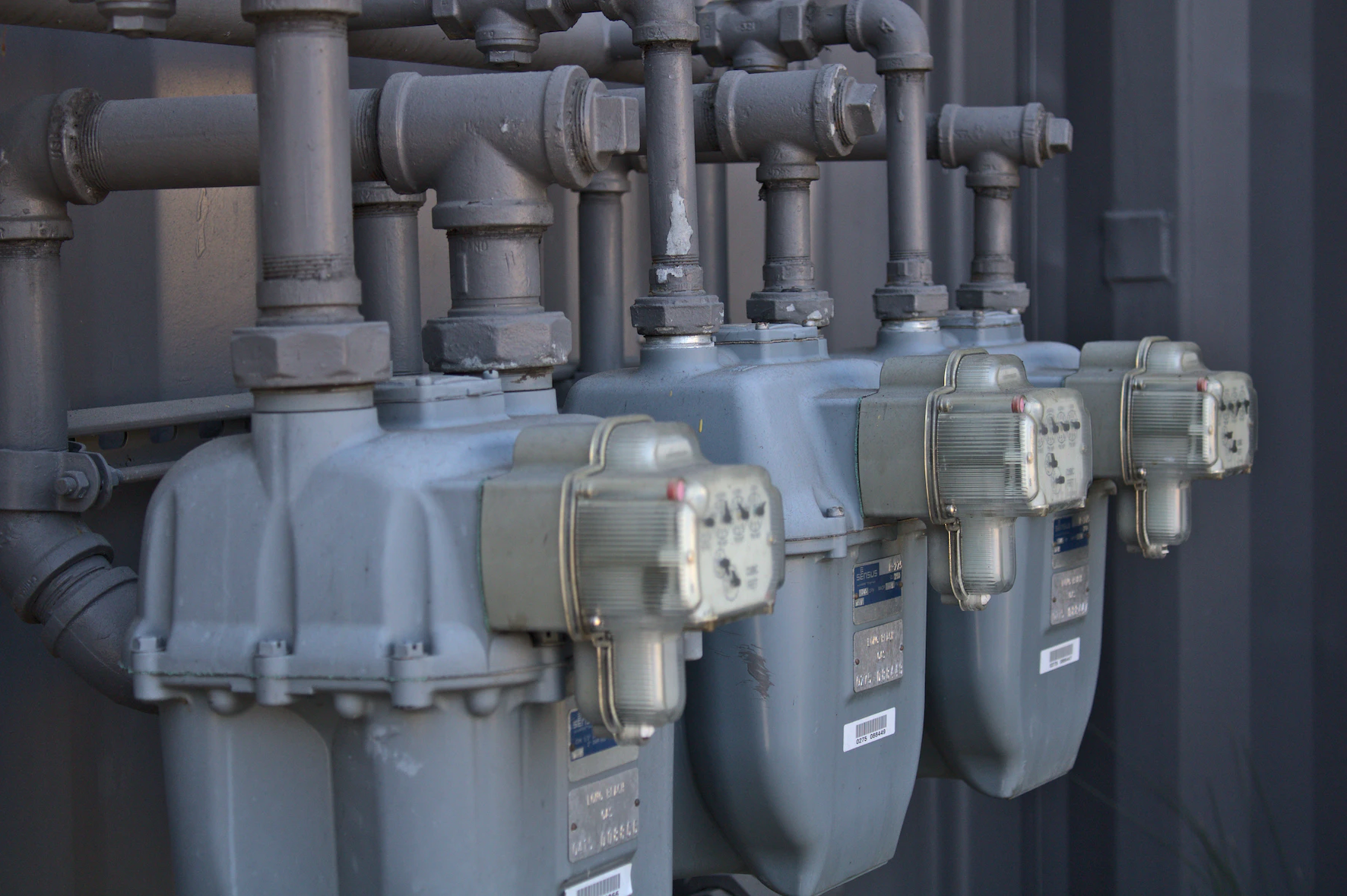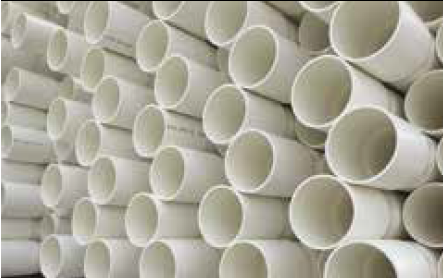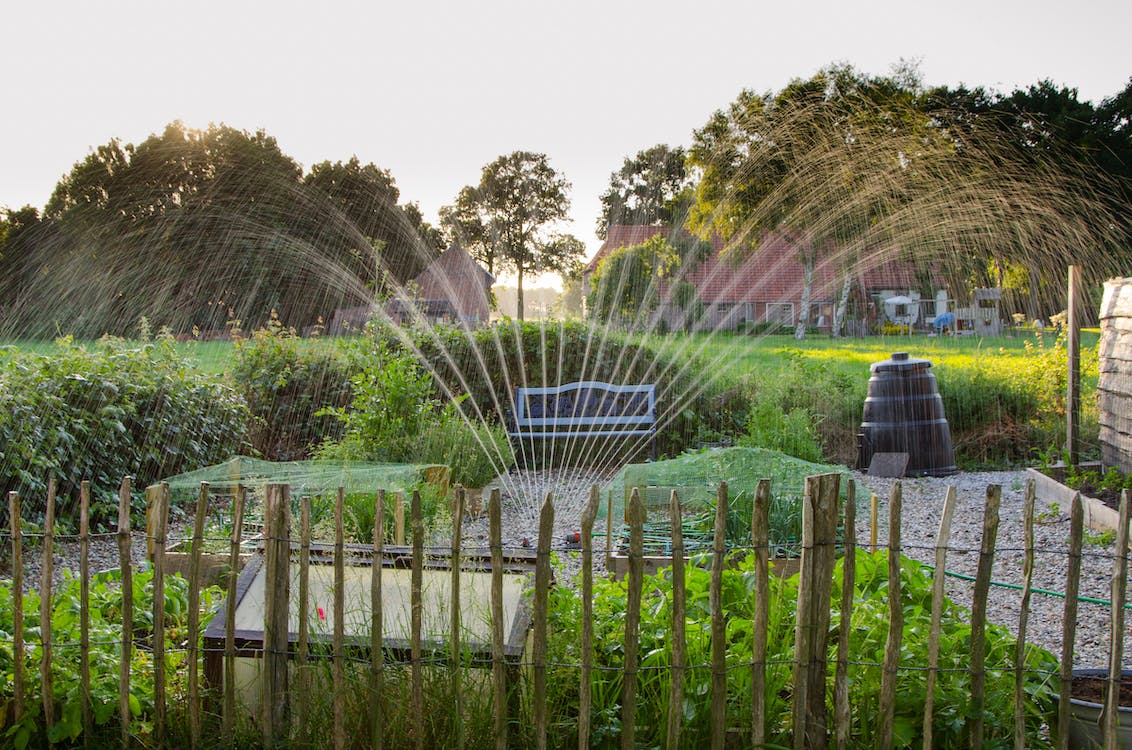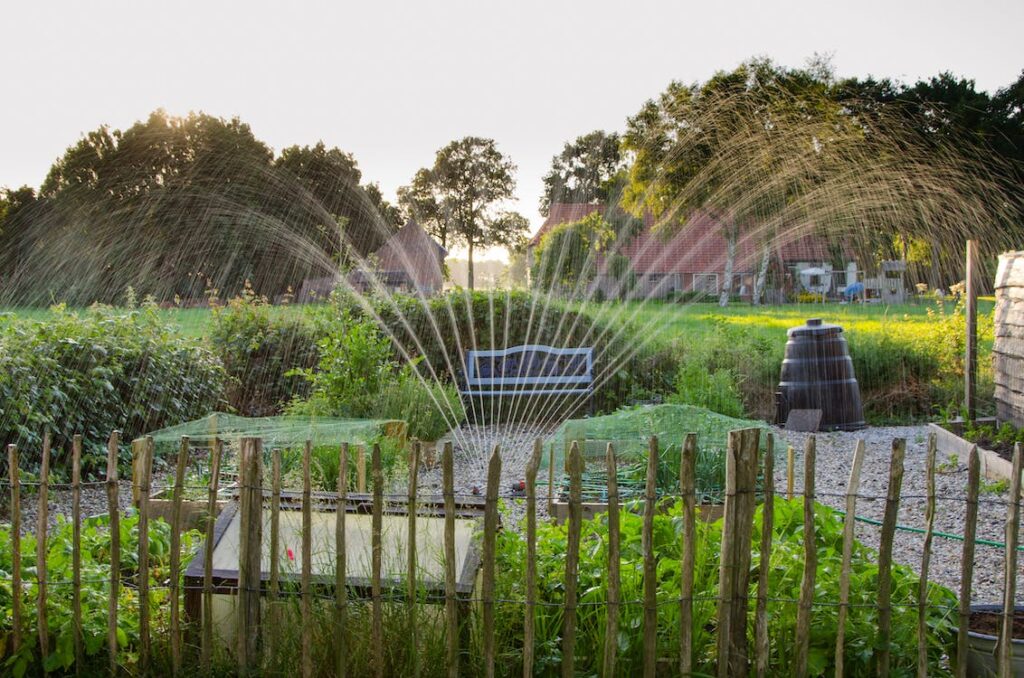Clean water is a fundamental necessity, but accessing it can be challenging in remote areas. Traditional water supply methods often fall short, but there’s a solution on the horizon – Grundfos SQFlex solar pumps. These innovative devices use the sun’s energy to provide a reliable and eco-friendly water supply.
The Off-Grid Water Challenge
Grundfos, a globally recognised leader in solar pump technology, offers the SQFlex series, specifically designed for off-grid water supply. These pumps are known for their exceptional performance and adaptability.

The Grundfos SQFlex solar pumps can be powered directly by solar or wind energy or run on an inverter, generator, battery, utility grid, or a combination of these sources. This adaptability ensures a reliable water supply even in remote areas with direct sunlight.
There are seven pump models within the SQFlex series capable of delivering varying water flow rates to meet the needs of different locations. They can handle high-head applications (models 3, 6, and 11 with helical rotor pumps) and low-head applications (centrifugal pumps).
One notable feature is the built-in protection from dry-running, overload, and overheating, ensuring pump longevity and reliability. The Grundfos SQFlex submersible pumps come with a 2-year warranty, extendable up to 5 years, providing peace of mind for users.
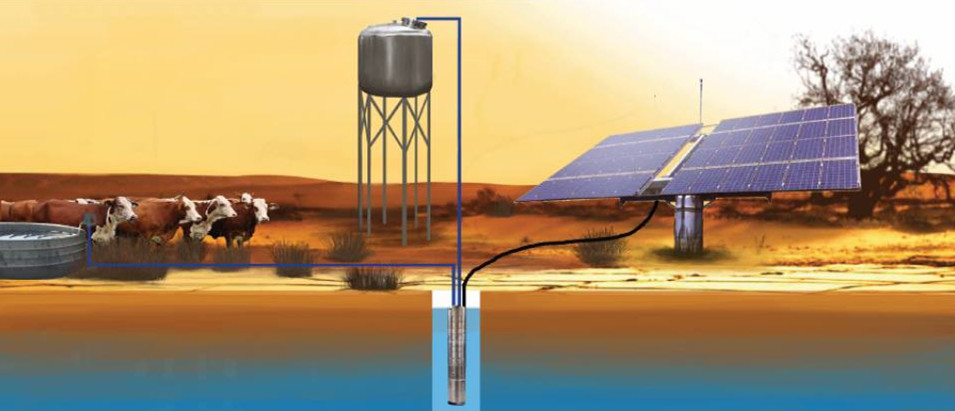
How Grundfos SQFlex Solar Pumps Work
Grundfos SQFlex solar pumps efficiently capture and utilise solar energy to power water pumps. Sunlight hits the solar panels, which convert it into electricity to operate the pump. This energy conversion process is highly effective, even in low-light conditions, making it ideal for remote areas.
Additionally, the adaptability of SQFlex pumps to various power sources ensures an uninterrupted water supply. They can run on solar or wind power, inverter, generator, battery, or grid electricity, making them versatile and reliable, particularly in areas with uncertain power sources.
Advantages of Grundfos SQFlex Solar Pumps
These solar pumps offer numerous benefits. They are highly reliable and capable of operating under various power conditions, ensuring a consistent water supply for communities in remote areas. This reliability significantly improves the quality of life.
SQFlex pumps are also exceptionally energy-efficient, resulting in lower energy costs. Their minimal maintenance requirements reduce the burden on communities and maintenance teams, enhancing their sustainability.
The adaptability of SQFlex pumps to various power sources ensures an uninterrupted water supply, even when the sun isn’t shining. This adaptability is crucial for ensuring consistent access to clean water in remote areas where traditional power sources may be unreliable.
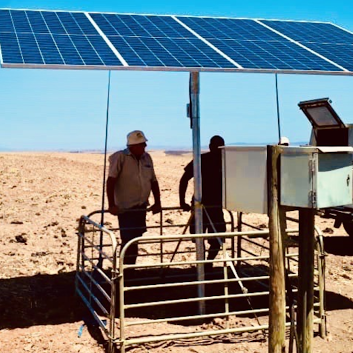
Reducing Emissions and Fighting Climate Change
The environmental friendliness of SQFlex solar pumps is evident in their energy source: the sun. By harnessing the sun’s abundant and renewable energy, they drastically decrease the need for conventional power sources, such as diesel generators or electricity from coal-fired plants. This means fewer emissions of harmful greenhouse gases like carbon dioxide (CO2) and pollutants into the atmosphere, helping to combat climate change.
Embrace a Sustainable Future
Grundfos SQFlex solar pumps offer a promising solution for regions facing water challenges. Their innovative technology, adaptability, and sustainability make them an invaluable resource for securing clean water in remote areas.
If you need a solar-powered pump for your project or want to support a remote community, feel free to call or visit our store. We’re here to assist you in making a positive difference.
Stay updated by following our Facebook page and Instagram account @allaboutpumpsandpipes. If you have any questions or inquiries, don’t hesitate to reach out to us at (07) 5531 5554.



